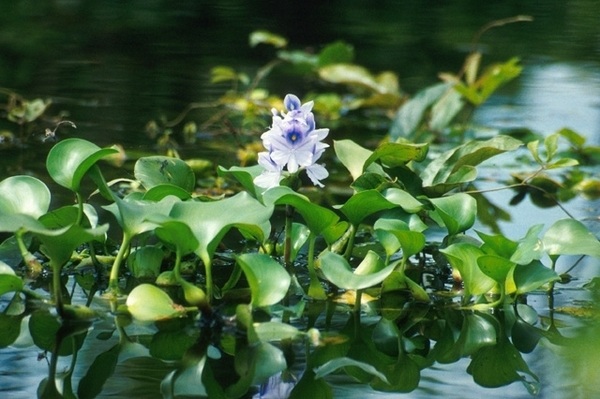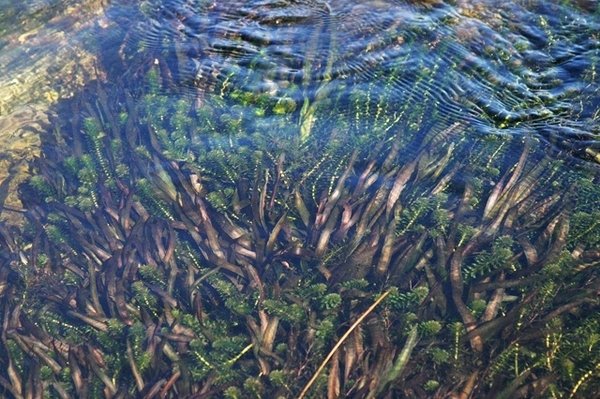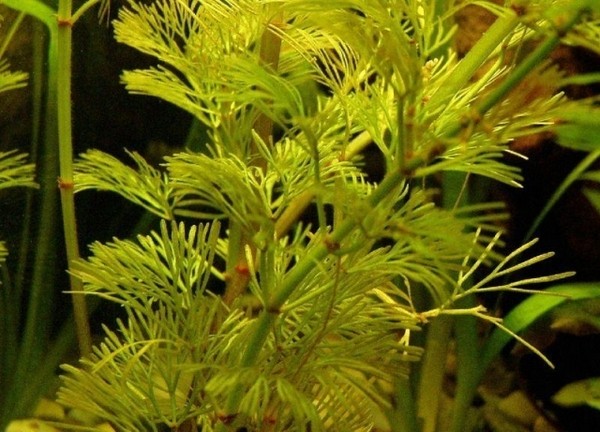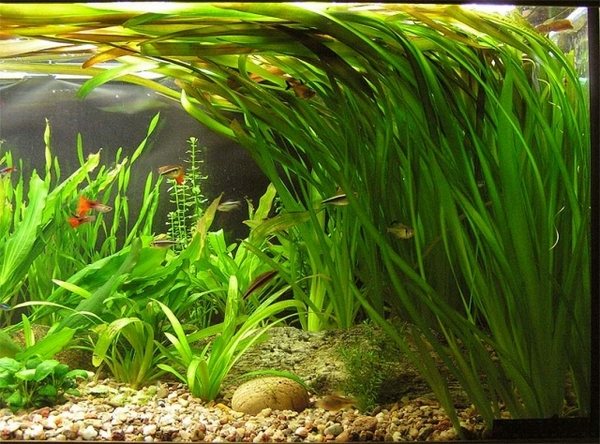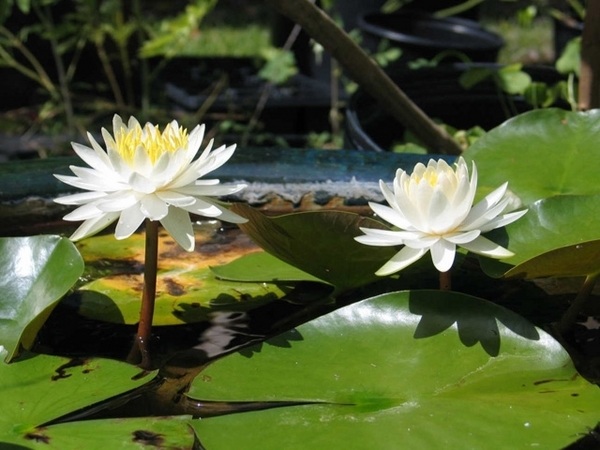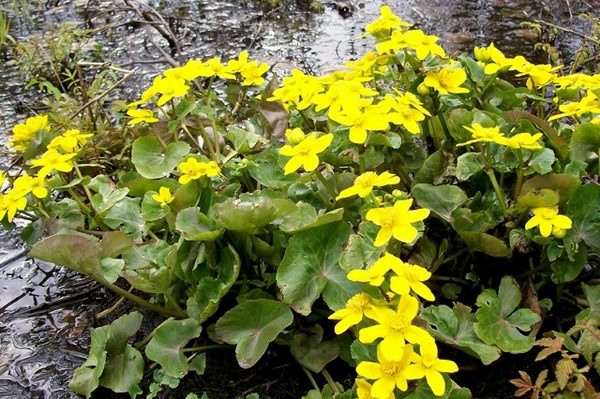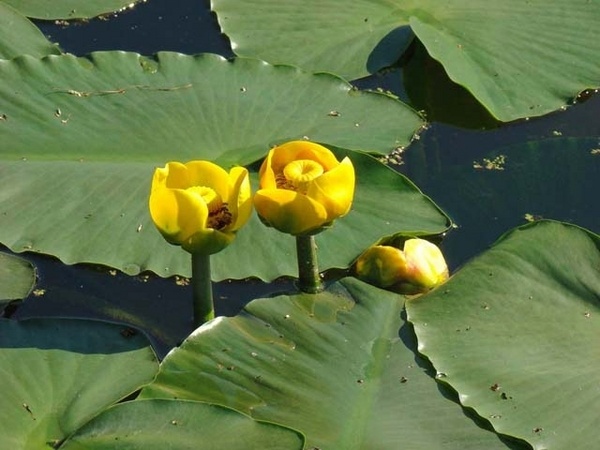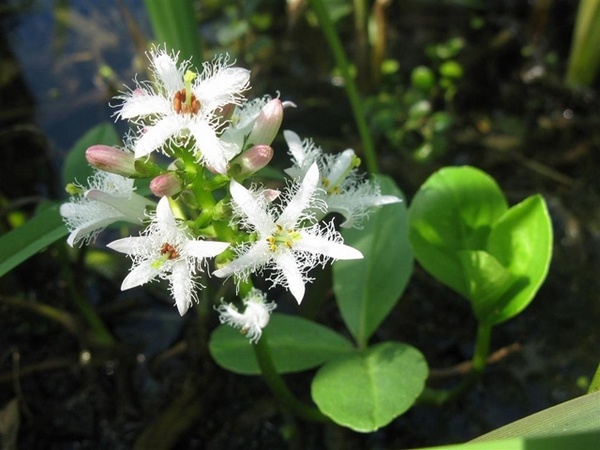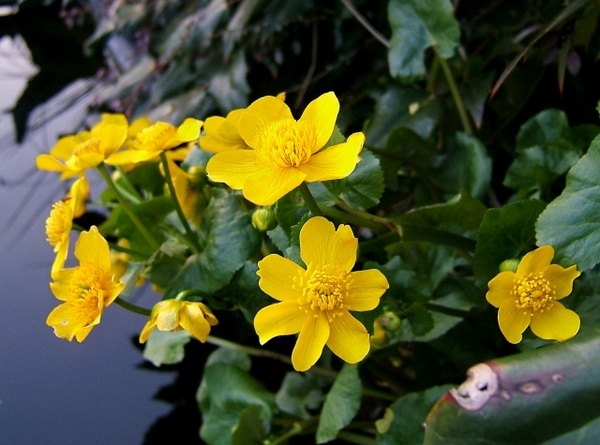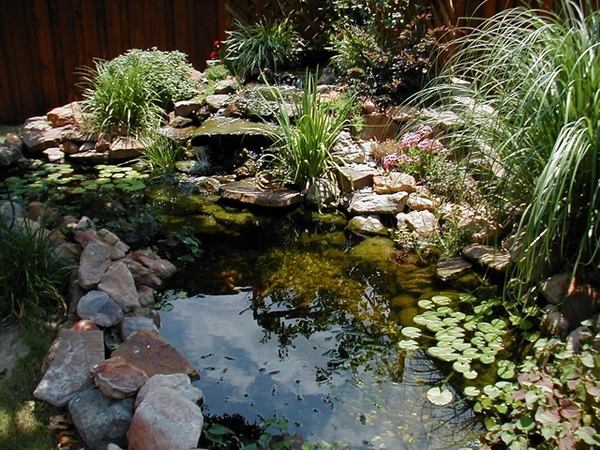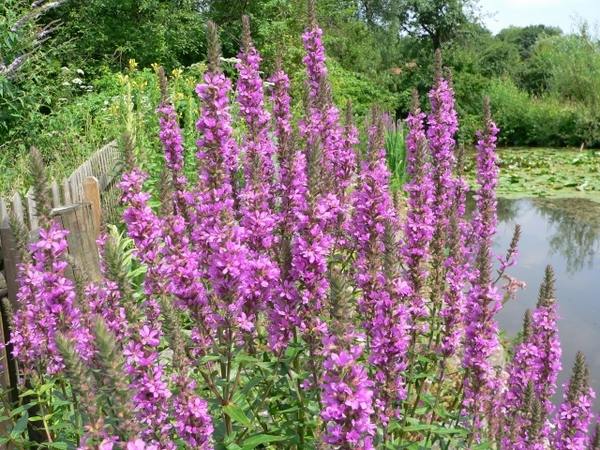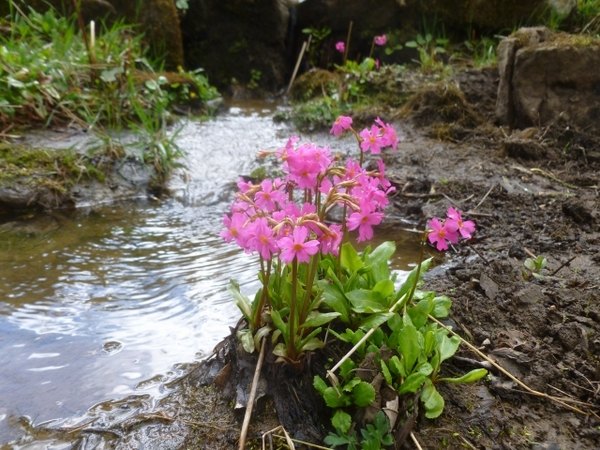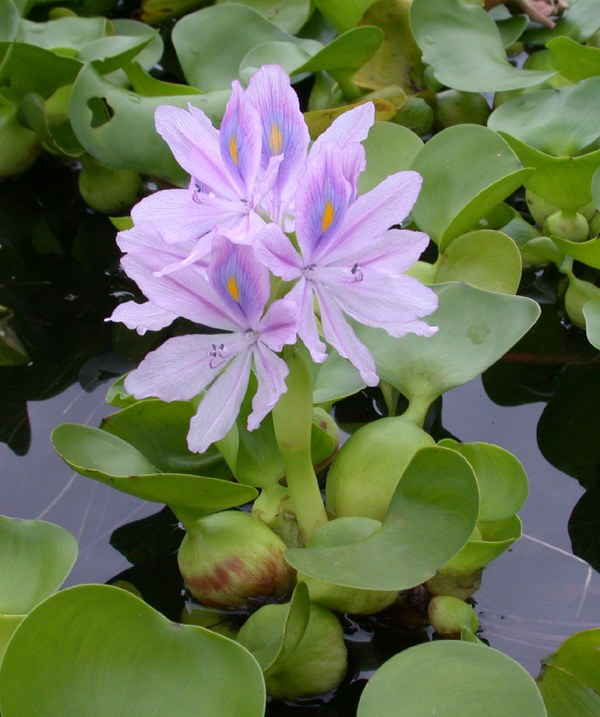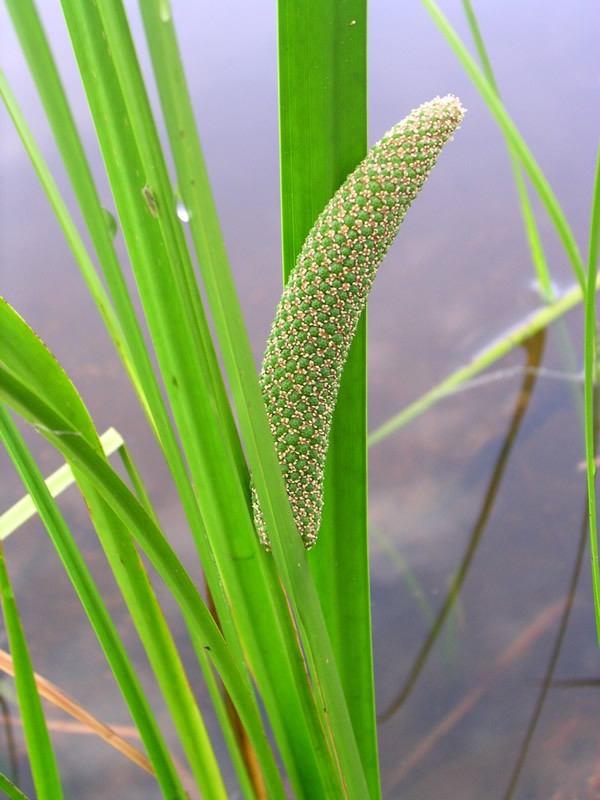In recent years, we see more and more often decorative water areas in the landscaping of public and private gardens. Such aesthetic arrangement require certain skills, and not in last place, knowledge of the specifics of aquatic plants. Such knowledge is connected with the obligatory preparation of a detailed plan for the placement of the plants. Read here what you should consider if you want to grow garden pond plants.
Special features of the marsh and aquatic plants in the garden pond
The biological needs of this group of aquatic and marsh plants are crucial for their proper development. Some of them grow right in the water, others in the vicinity of water, therefore, the convenient location and sometimes the water depth is essential. Depending on the moisture requirements the following areas and plant groups can be distinguished:
– Deep zone
– Free and fixed floating plants
– Shallow water zone
– Marsh zone
– Wetland
– Dry bank
Aquatic plants in the garden pond: deep zone
This is the area where the plants are actually dipped into the water, and they develop partially or completely under water. The deep zone species do not have decorative properties because they remain virtually hidden beneath the water surface. But the aquatic type of plants in the deep zone are important for the overall balance of the ecosystem, they filter water and food for the aquatic life. Typical representatives of this group are green Karolina Haarnixe (Cabomba caroliniana) and Vallisneria americana, which are indispensable in terms of water filtration.
The group of floating plants includes species whose roots are fixed in the ground at the bottom, while the leaves float on the surface. The planting process often includes protective geotextile, which lies on the ground in special baskets. The best time for planting the floating plants is late spring and early summer. The most common representatives of this group include Lotus (Nelumbo), European floating heart (Nymphoides peltata), four leaf clover (Marsilea mutica), floating fern (Ceratopteris pteridoides) and others, which represent the wide variety of vegetation on the water surface. However, the queen of floating plants is the water lily (Nymphaea). The water lily has big, beautiful leaves, which can be a good hiding place for the fish in the lake. Water lilies need calm water and most species require sunlight for at least 4 or 6 hours per day. The blooms of certain types open in the morning and close at sunset. The different types have white, pink, salmon pink blossoms and there is a pretty kind, whose flowers resemble the peonies.
These aquatic types of plants keep on the surface without a contact with the bottom and without soil need. In a favorable environment, the representatives of this group multiply rapidly and conquer large areas of water. For this reason, it is recommended that they are partially removed on a regular basis. Typical free-floating plants are: Water hyacinth (Eichhornia crassipes), yellow water lily (Nuphar lutea), water caltrop (Trapa natans) and others.
This area extends to a depth from 10 to 40 cm. The roots and main stems of the plants are under water, but the decorative leaves and shoots are above the surface. This group represents the transition between the flora of the deep zone and marsh vegetation. Typical examples are the Indian calamus (Acorus calamus L.) leaves cattails (Typha latifolia), iris (Iris seudacorus), water clover (Menyanthes trifoliata), flowering rush (Butomus umbellatus) and others.
For the marsh zone periodic floods are quite typical. In general, the marsh plants do not grow much. The usual species are: Arum (Calla palustris), brooklime (Veronica beccabunga), swamp iris (ir laevigata), marsh marigold (Calthapalustris), Cardinal Plant (Lobelia cardinalis), water mint (Mentha aquatica), forget-me-not (Myosotis palustris ) etc.
This is the zone where soil moisture is constant. It is located near the boundaries of the water surface. This area makes a smooth transition between aquatic types of plants and the rest of the garden. Depending on the design a variety of plant species can be grown. If you want a dominant green color, you plant decorative species. If you prefer the dynamics of contrasts and a variety of pastel colors, the blossoming types are preferable. Suitable plants for the damp zone: Indian Marigold (Darmera peltata), purple meadowsweet (Filipendula purpurea), Ligularia, Purple loosestrife (Lythrum salicaria), Mimulus (Mimulus luteus), pink primrose (Primula rosae) and others.
When you plant an aquatic plant the make sure that water temperature is equal to the surrounding temperature. When planting marsh plants you need to follow certain rules. First, it is necessary to secure sufficient light for the normal development of these plants. The majority of decorative aqua plants spend the winter period in the water, so be careful when you are dealing with exotic species. Add some perennials around the pond which do not need much care.
Also read: 9 Myths About Organic Bio Swimming Pond in the Garden
and
Natural Pools Design Ideas – a Swimming Pond Without Chemicals


